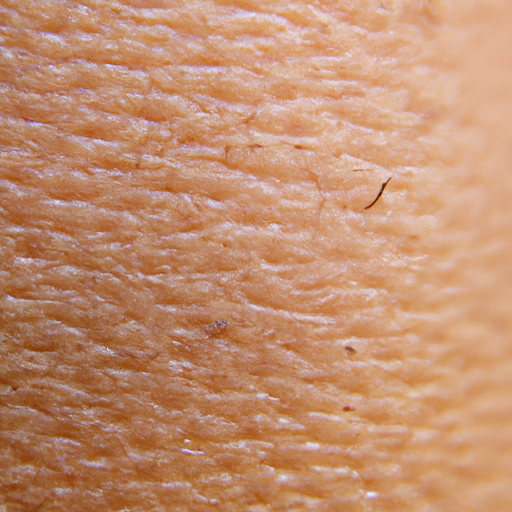As a dermatologist, I often encounter patients complaining about dry skin, a condition that is not only uncomfortable but can also affect one’s self-esteem. Dry skin, medically known as xerosis, is a common condition that affects people of all ages and skin types. It can be caused by various factors, including environmental conditions, lifestyle habits, or underlying health issues. This article aims to provide a comprehensive guide to diagnosing and treating dry skin.
Diagnosing dry skin is usually straightforward. The skin appears rough, scaly, or flaky and may feel tight or itchy. In severe cases, the skin may crack or bleed. However, it’s important to note that not all dry skin is the same. Some people may have naturally dry skin due to a lack of sebum (the skin’s natural oil), while others may experience temporary dryness due to external factors like cold weather or harsh skincare products.
In some cases, dry skin could be a symptom of an underlying medical condition. Conditions such as eczema, psoriasis, hypothyroidism, and diabetes can all cause dry skin. If your dry skin is persistent, accompanied by other symptoms, or doesn’t improve with over-the-counter treatments, it’s crucial to seek professional help. As a dermatologist, I can conduct a thorough examination and possibly order tests to rule out these conditions.
Once the cause of dry skin is identified, the next step is treatment. The primary goal of treating dry skin is to restore moisture to the skin and prevent further moisture loss. Here are some effective strategies:
1. Moisturize: This is the cornerstone of dry skin treatment. Look for moisturizers that contain ingredients like hyaluronic acid, ceramides, or glycerin, which attract and lock in moisture. Apply moisturizer immediately after bathing and throughout the day as needed.
2. Use gentle skincare products: Avoid soaps and cleansers that contain harsh detergents or fragrances, as these can strip the skin of its natural oils. Instead, opt for gentle, fragrance-free products.
3. Protect your skin: Wear gloves when doing dishes or cleaning, and protect your skin from cold, dry air by wearing appropriate clothing and using a humidifier at home.
4. Stay hydrated: While drinking water won’t directly hydrate your skin, it’s essential for overall health and can support skin function.
5. Eat a balanced diet: Certain nutrients, like omega-3 fatty acids and vitamins A, C, and E, can help maintain healthy skin.
If your dry skin is severe or doesn’t improve with these measures, prescription treatments may be necessary. These could include prescription-strength moisturizers, topical corticosteroids to reduce inflammation, or other medications to treat underlying conditions causing the dry skin.
In conclusion, dry skin is a common condition that can often be effectively managed with the right skincare regimen and lifestyle habits. However, persistent or severe dry skin could indicate an underlying medical condition and should be evaluated by a dermatologist. As a dermatologist, my goal is to help you understand your skin and provide the best possible care. If you’re struggling with dry skin, don’t hesitate to seek professional help.




